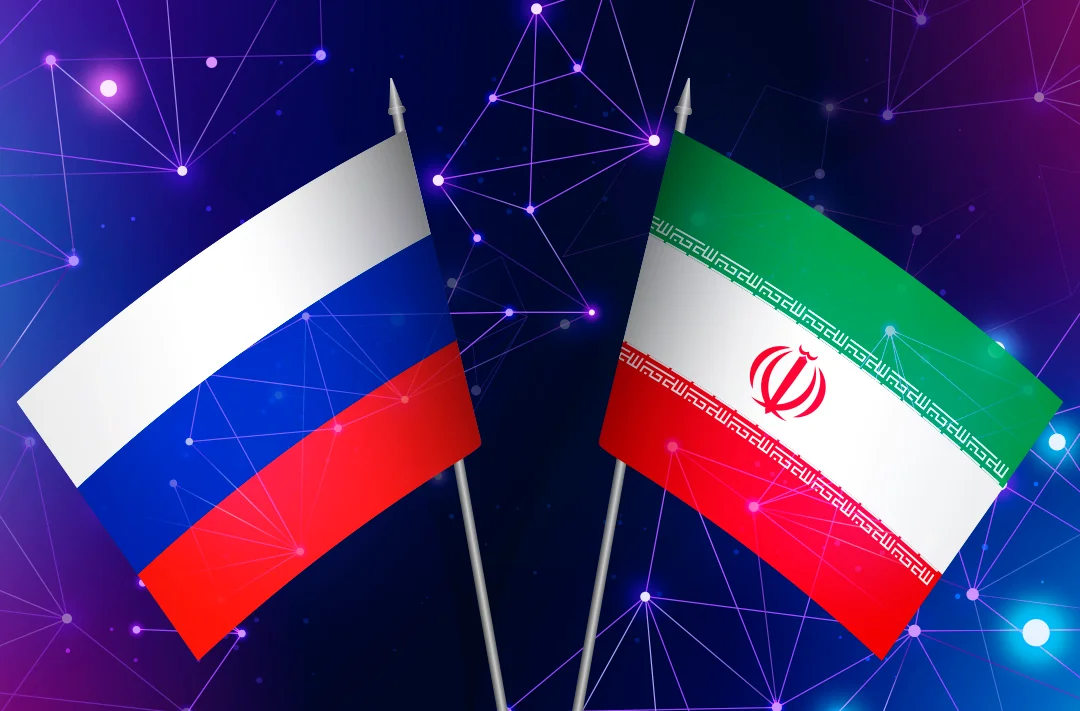Russia and Iran discuss the creation of a common stablecoin with a peg to gold
The stablecoin will be accepted as a means of payment in foreign trade payments instead of the dollar, the ruble, and the Iranian rial

16.01.2023 - 09:35
382
2 min
0
What’s new? Alexander Brazhnikov, executive director of the Russian Association of Cryptoindustry and Blockchain, reported that the Central Bank of Iran has discussed jointly with Russia the possibility of creating a common stablecoin. According to him, the token of the Persian region pegged to gold will be accepted as a means of payment in foreign trade payments instead of the dollar, the ruble, and the Iranian rial, Vedomosti reports.
What else does the publication report? Information about negotiations between Russia and Iran was confirmed by Duma Deputy Anton Tkachev, who is a member of the Committee on Information Policy, Information Technology and Communications, specifying that active discussion of this issue at the state level will begin only after Russia has fully regulated the cryptocurrencies.
In May 2022, First Deputy Governor of the Bank of Russia Olga Skorobogatova said that the regulator was studying the possibility of integrating the digital ruble with foreign counterparts, such as the yuan. In September, Anatoly Aksakov, chairman of the State Duma Committee on the Financial Market, allowed the possibility of the use of the digital ruble in settlements with China.
In December, Minister of Finance Anton Siluanov also allowed the possibility of payments in cryptocurrencies with foreign trading partners. According to analysts at MGIMO University, cryptocurrency in Russia may be equated to foreign currency. In this case, it may be involved in transnational payments, but its use within the country as a means of payment will be prohibited.
For attempts to regulate cryptocurrencies in the Russian Federation, see GetBlock Magazine’s article.
Useful material?
Market
Shares of the Trust are designed to track the market price of XRP with fewer fees and expenses
Jan 17, 2025
Market
The asset will allow USDT to move seamlessly between different blockchains
Jan 17, 2025
Market
Earlier, the community criticized the project for its lack of transparency, which led to a sharp drop in the HYPE token price
Jan 8, 2025
Market
Rising US Treasury bond yields are negatively affecting risk assets
Jan 8, 2025
Mining
The Avalon Mini 3 is available for pre-order at $899
Jan 8, 2025
Market
The exchange obtained the documents as part of the Freedom of Information Act proceeding
Jan 6, 2025









 Telegram
Telegram  Twitter
Twitter